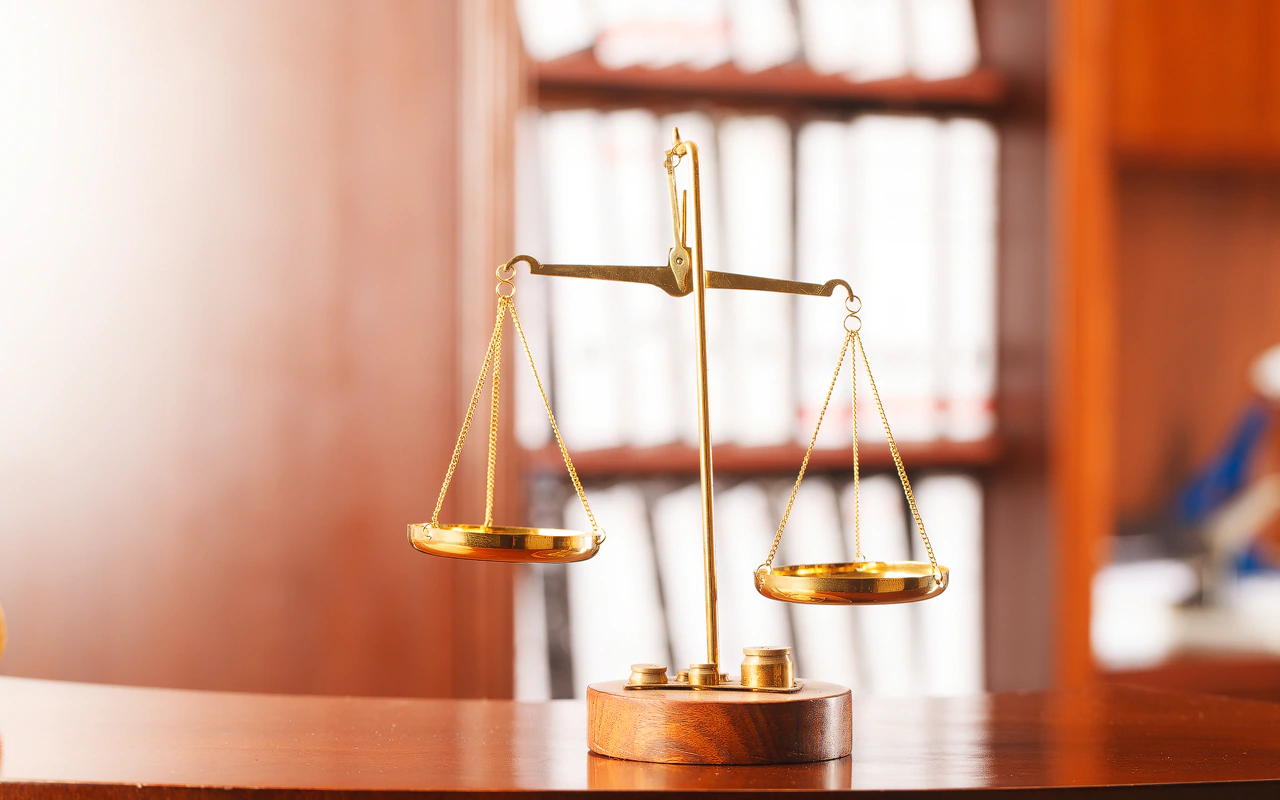The precautionary measures are many more than those usually known and used in the daily practice of law, such as, for example, the seizure of bank accounts and similar, real estate and automobiles, among other assets, which is to be expected due to the practicality for the petitioner at the time of executing the measure.
However, it is important to mention that the precautionary measures can be as many as the different classifications establish them and vary according to the jurisdiction in which we find ourselves.
In our civil procedure, the Judicial Code, which is the regulatory norm that supports the request for a precautionary measure, implies that this measure, of an instrumental nature, is one that can be adopted by the judge, at the request of the party, to guarantee to the party that exercises a claim before the courts of justice, whether declaratory or condemnatory, that at the end of the process it will have the means to materialize and secure the claim.
Among some of the measures established by the Judicial Code, we find the precautionary measure of suspension of operations, exhibitory action (acción exhibitoria), conservatory measures, or general protection, the latter recently reestablished by Law 119 of December 10, 2019.
The precautionary measure of seizure consists in depositing the movable or immovable property owned by the party against whom the claim is exercised, in the hands of a depositary to be appointed by the court, i.e., in the hands of a third party, outside the process. This judicial deposit does not always consist of the delivery to a judicial depositary, but the regulations also consider the deposit to be constituted, for instance, in the case of seizure of real estate or real rights, with the registration of the court order in the Public Registry; or when it is money, securities or government bonds when the court order is delivered to the third party.
Having seen in broad outline what a precautionary measure of seizure consists of, we now refer to garnishments, which, although it may be quite similar to the precautionary measure of seizure, is a totally different figure and alien to seizure, but commonly confused between people outside of the legal profession.
- While the seizure may be requested before the claim is filed or after it is filed, at any stage of the process, the garnishments initiate the execution of the act that resolved and ended the process. That is to say, it is the last phase of a process. Therefore, the seizure ensures that there are assets to be executed through the garnishments, once the proceeding is over.
- The seizure is preventive or mutative, it does not prejudge the right of the petitioner; the garnishments, on the other hand, is preconceived and implies a prior order that dictates the debtor’s obligation.
- Therefore, since the seizure is preventive, and there is no declared right that protects the measure, a bond is required to cover the damages that may be generated against the party against whom the claim is exercised. Contrary to the garnishments, where a judicial order that is final and definitive is being executed.
- With the seizure order, it is understood that the owner of the property on which the measure has been imposed cannot dispose of the property until the order is lifted, and with the garnishment order much less, but with the former, it is possible to aspire to the lifting of the measure in the cases indicated by the law. Once a garnishment order has been decreed the only thing left to do is wait for the order to be executed or try to reach an agreement with the executing party.
- The precautionary measure accessory to the seizure is subject to the court’s decision as to the plaintiff’s claim and the defendant’s defense, therefore, if the decision is positive, the seizure is elevated to the category of garnishment. But, if the decision is negative or contrary to the decision of the applicant, it will be lifted, understanding then that the seizure does not always end in the garnishments. However, it is important to clarify that the garnishments do not require a prior seizure. The seizure may end in the garnishments of goods, but the seizure does not depend on the existence of a prior seizure.
The importance of knowing the difference between one and the other lies in how we will react to each one and the options we will have to counteract it, for which you will need a legal professional to assist you.
Author: Kimberly Guerra
You can read other articles here

